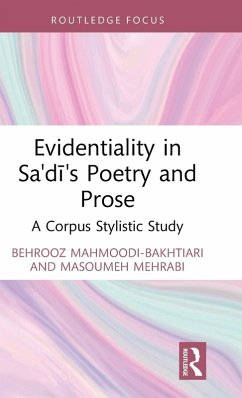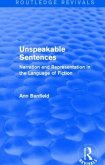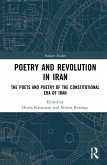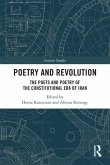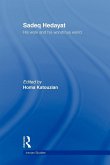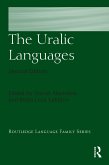This study is the first to introduce evidentiality to the stylistic analysis of literary works, specifically that of the great Persian writer Sa'di, focusing on how he used linguistic means to illustrate a real or ideational world.
The authors begin by introducing the concept of evidentiality; its definition, its coding in Persian, the rationale behind evidentiality analysis, and semantic-pragmatic functions of evidentiality. The book highlights how evidentiality can be accounted for as a stylistic device to reveal the validity of a narration, as well as the author's commitment and contribution to it. Three of Sa'di's major works are analyzed - Bustan, Golestan and Sonnets - using Krippendoff's frequency approach. It is argued that Sa'di deployed an array of evidentials in his work, from direct visual evidentials in Golestan and Sonnets to heard and quoted evidentials in Bustan. To illustrate this, the book includes translations of Sa'di's poetry and prose. In addition, the authors consider historical and contemporary manifestations of the Persian narrative style, as well as exploring the cultural concerns of the Persian speech community.
The book will appeal to general linguists, practitioners of pragmatics and stylistics, literary critics, and those interested in contrastive analysis of literature and cultural studies.
The authors begin by introducing the concept of evidentiality; its definition, its coding in Persian, the rationale behind evidentiality analysis, and semantic-pragmatic functions of evidentiality. The book highlights how evidentiality can be accounted for as a stylistic device to reveal the validity of a narration, as well as the author's commitment and contribution to it. Three of Sa'di's major works are analyzed - Bustan, Golestan and Sonnets - using Krippendoff's frequency approach. It is argued that Sa'di deployed an array of evidentials in his work, from direct visual evidentials in Golestan and Sonnets to heard and quoted evidentials in Bustan. To illustrate this, the book includes translations of Sa'di's poetry and prose. In addition, the authors consider historical and contemporary manifestations of the Persian narrative style, as well as exploring the cultural concerns of the Persian speech community.
The book will appeal to general linguists, practitioners of pragmatics and stylistics, literary critics, and those interested in contrastive analysis of literature and cultural studies.
"This monograph is an absolute first in the field of Persian studies and as such must be considered seminal, not only in its approach to literature, but also because it has managed to meticulously bring to purview pragmatics, discourse analysis, and other cognitive sciences as pertains to literature at large under the rubric of one of the greatest poets of, not only the Persian-speaking world, but also world over-Sa'di. It is dynamic in its approach and unapologetic in inspiring daring approaches to literary works. Every chapter of this monograph will engage the reader so to ponder their otherwise 'well-established' notions of comprehension of the written word-and understanding of hermeneutics. Kudos to the authors!"
Alireza Korangy, Editor-in-Chief International Journal of Persian Literature
Alireza Korangy, Editor-in-Chief International Journal of Persian Literature

